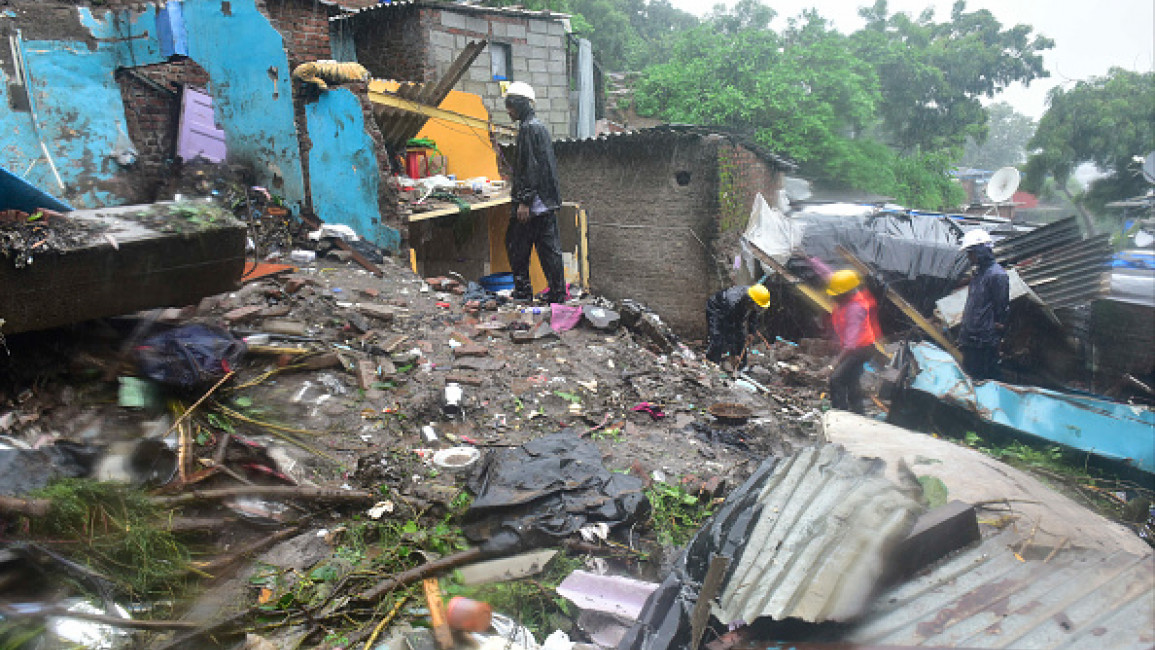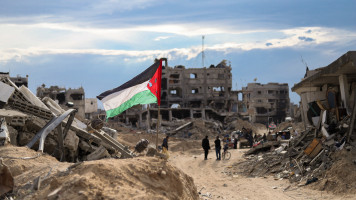Landslides kill 36 in India, dozens missing
Thirty-six people have been killed in landslides caused by monsoon rains in western India, authorities said Friday.
As many as 40 others were missing after the three separate landslides on Thursday evening in the Raigad district of Maharashtra state, south of India's financial capital Mumbai.
"At least 35 to 40 people are still trapped, we are trying to rescue them," a local official said.
Elsewhere in the state, up to 15 people were also missing.
The Navy and Air Force joined rescue efforts after the downpour caused floods that left thousands stranded, but their operations were hampered by landslides blocking roads, including the main highway between Mumbai and Goa.
Water levels rose to 3.5 metres (12 feet) in areas of Chiplun, a city 250 kilometres (160 miles) from Mumbai, following 24 hours of uninterrupted rain that caused the Vashishti river to overflow, submerging roads and homes.
The Indian Navy deployed seven rescue teams equipped with rubber boats, life jackets and lifebuoys to the affected areas, along with specialist divers and a helicopter to airlift marooned residents.
A landslide in the neighbouring town of Khed injured 10 people, according to a press release from the state government.
Another "10 to 15 people are likely to be trapped under the rubble," the statement said.
India's meteorological department has issued red alerts for several regions in the state, indicating that heavy rainfall will continue for the next few days.
Flooding and landslides are common during India's treacherous monsoon season between June and September, which also causes poorly constructed buildings and walls to buckle after days of non-stop rain.
At least 34 people were killed after several homes were crushed by a collapsed wall and a landslide in Mumbai last weekend.
Rainwater also inundated a water purification complex, disrupting supply "in most of the parts of Mumbai", a megacity of 20 million people, civic authorities said.
Last month, 12 people were killed when a building collapsed in a Mumbai slum.
And last September, 39 people died when a three-storey apartment block fell down in Bhiwandi near the financial capital.
In 2014, more than 150 people lost their lives in Maharashtra when heavy rains caused a hill to cave in, burying scores of villagers under mud and debris.
Climate change is making India's monsoons stronger, according to a report from the Potsdam Institute for Climate Impact Research (PIK) published in April.
The report warned of potentially severe consequences for food, farming and the economy affecting nearly a fifth of the world's population.
"Since Indian society is overall affected by the monsoon in a very strong way, stronger variability produces problems for agriculture, but also for the organisation of public life," said Anders Levermann from PIK and Columbia University.
Last year, five of the most costly extreme weather events in the world were related to Asia's unusually rainy monsoon, according to a tally by the charity Christian Aid.
In 2013, some 6,000 people died when flash floods and landslides swept away entire villages in the Indian state of Uttarakhand as rivers swollen by monsoon rains overflowed.



